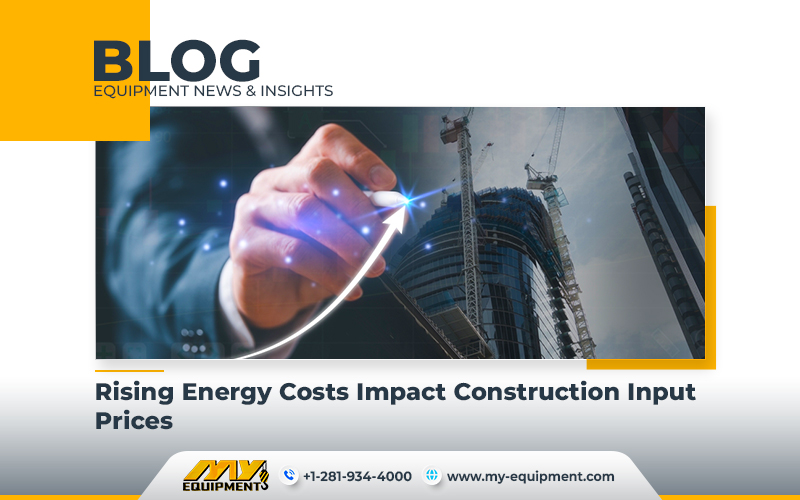As energy costs surge the price of construction inputs is on the rise once again. This is a cause of concern for people in the construction industry. This increase is attributed to a few different factors, including rising energy costs and global conflicts that are impacting energy production.
Recent Data on Construction Input Prices
According to an analysis conducted by the Associated Builders and Contractors (ABC) using data from the U.S. Bureau of Labor Statistics Producer Price Index, construction input prices increased by 0.2 percent in September. This surge is mostly driven by the escalating costs of energy-related materials.
Nonresidential construction input prices have risen by 0.6% compared to a year ago, and the overall construction input prices are 0.3 percent higher. This comes after the first increase in six months, following a substantial 1.5% material price hike in August.
The Impact of Energy Prices
The jump in energy costs plays a central role in the recent price increase. All three energy subcategories experienced price hikes in September. While natural gas saw a modest 0.1% increase, unprocessed energy sources and crude petroleum witnessed whopping increases of 10.1% and 7.5%, respectively.
Geopolitics and Energy Prices
According to Anirban Basu, ABC’s chief economist, inflationary forces in the economy are now influenced more by structural labor market dynamics and geopolitics than by supply chain issues. The potential for armed conflicts in energy producing regions around the world is a wildcard that could further impact petroleum prices. These situations are putting more and more pressure on construction contractors in the coming months.
Other Price Trends in the Construction Industry
While energy prices have risen quite a bit, most other construction equipment and materials remained steady in September. In fact there were some decreases that were observed in the iron and steel categories.
The iron and steel prices were seen declining by 2.4% from August, and steel mill products fell by 3.7% month over month.
Labor Shortages as a Consistent Challenge
Supply chain disruptions, which were a big, big factor in price increases previously, are no longer the primary driver. Basu points out that labor shortages continue to present a lot of challenges to many contractors. But he said that he does not foresee a slowdown in business as a solution to this issue in the near future.
Government Response and Industry Concerns
While there have been promises of assistance for consumers in response to the increase in power and gas prices, not everyone in the industry has received similar support. This rising energy cost is yet another challenge that construction businesses have to contend with. Of course they are also dealing with the National Insurance hike, removal of the red diesel rebate, and existing material cost increases.


 1400 Broadfield Blvd, Houston, TX 77084,
USA.
1400 Broadfield Blvd, Houston, TX 77084,
USA. omer@my-equipment.com
omer@my-equipment.com